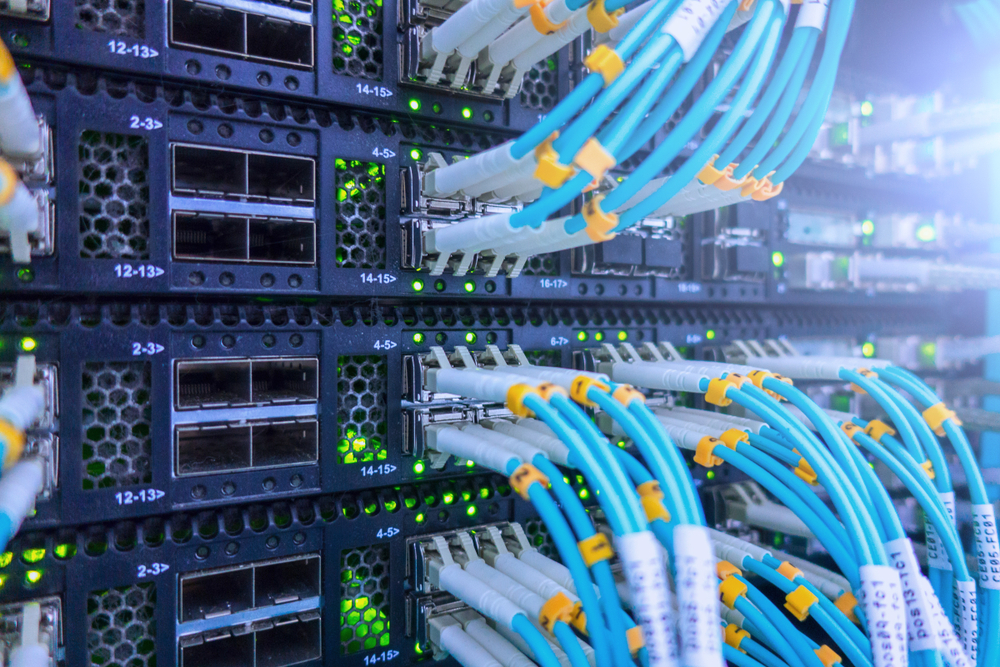There are many reasons to utilize this low cost, highly-versatile technology, but before we get into the ways that TAPs are a catalyst for enhanced network monitoring and visibility, let’s explore a few key trends network managers are dealing with today to establish why the need for these devices is so great.
It’s no secret that employees are using their own personal devices to access corporate network resources, as well as countless non-business applications. Every personal download has the potential to infect the corporate network, and only through diligent traffic monitoring and analysis can IT teams manage employee access to corporate network resources from personal devices.
Additionally, many organizational processes today are being automated using internet-based applications. Many companies rely on these types of applications that are accessed through the public internet, so it’s critical that traffic flow to and from these applications be monitored for performance and security. Beyond that, network managers need to be able to distinguish between network and application issues when analyzing overall performance. Networks deal with endless security vulnerabilities, which security appliances alone can miss, particularly if they are advanced attacks or rely solely on signature-based detection. Continuous and persistent traffic monitoring is necessary to understand traffic patterns and be able to distinguish normal traffic from potential threats.
How can network administrators manage these challenges without granular visibility into network traffic and applications? Again, you can’t control what you can’t see. They key is to ensure monitoring and security solutions are fed with the necessary traffic to ensure network performance and protection. How? While Switched Port Analyzer (SPAN) solutions are often considered to be simple and cheap, they can increase latency, drop packets and increase the load on switch CPUs. When it comes to the business impact of poor network performance and security, the margin for error is wildly thin.
The truth is that network TAPs are your best option for reliable network visibility. And using this technology to feed network traffic to your tools offers many advantages beyond connectivity:
- TAPs are independent from the network. To the network, they look like a wire. They don’t increase switch traffic (like SPAN), create additional delay or open packets.
- TAPs can provide as many ports as you need to accommodate all the specialized network tools that are needed to understand traffic patterns, manage WAN performance, defend against cyber-attacks and plan for future growth and changes.
- TAPs can be placed in a variety of different places in the network, allowing for accurate monitoring across data centers, cloud and multi-cloud environments. As network become increasingly hybrid, the ability to source critical traffic from any of these topologies and deliver it to key network monitoring and security tools has never been more crucial.
- TAPs can help existing tools perform more efficiently with advanced features that filter out data not relevant to the tools. For example, when analyzing only web traffic, UDP, FTP and email traffic can be filtered prior to sending traffic to the tool. This can allow more links to send traffic to the same tool (saving CAPEX) because each link will pass less traffic.
- TAPs provide the level of visibility, flexibility and scalability that makes it easy for IT and security teams to add, move and change tools or infrastructure within today’s fluid technology environments that are subject to constantly-changing business requirements and objectives.
- TAPs are highly adaptable to help manage speed and media changes. Picture this: using a TAP with Small Form-factor Plugin (SFP) ports, users can change from copper to optical fiber access simply by changing out the SFP module. Some TAP ports also have the flexibility to operate at different speeds.
- TAPs have built-in failsafe technology so a power failure to the TAP will not impact network availability. For instance, when power is lost to a copper port on a TAP, a fast relay will close, establishing a physical circuit that will continue to pass traffic with no power to the TAP. Many fiber optic TAPs, which mirror live traffic by splitting the light stream, require no power at all.
Whether you’re building a network from the ground up, or adapting an existing one to accommodate new capabilities, including TAPs and networking tools is crucial for your visibility strategy. With the network becoming increasingly complex due to BYOD, third-party cloud applications, security threats and more, TAPs play a critical role in providing a technology that facilitates granular visibility and increased network control for NetOps teams.




